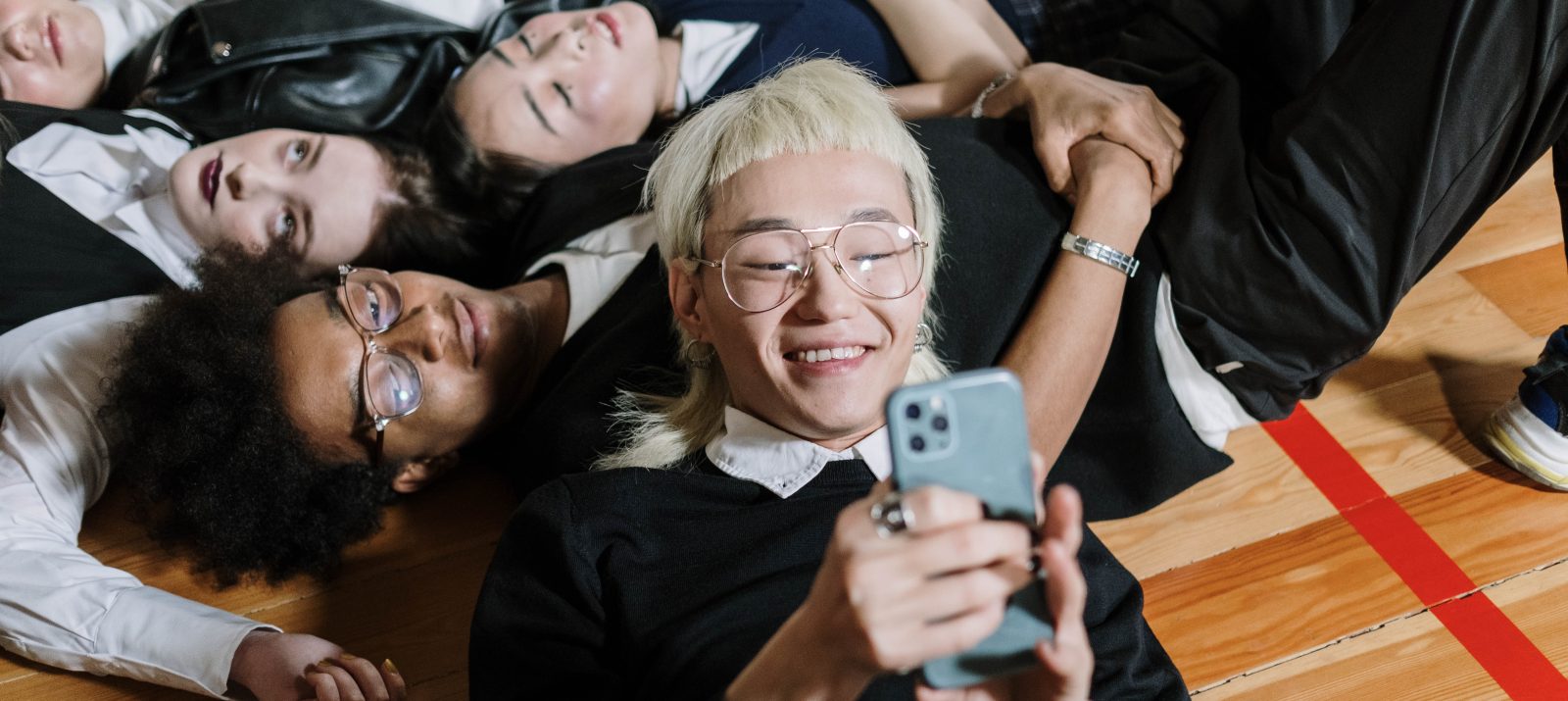
Who am I, what makes me, where do I want to go? For children and young people, these are the central questions of their lives. Today, they are increasingly looking for orientation and identification figures online – also because it is often easier to find information, understanding and like-minded people on the net.
Many things happen in adolescence: the body changes, opinions and values are formed, friendships develop or end, one’s own sexuality is discovered. It is not easy to manage all this. It is particularly challenging for those whose identity does not conform to the social norms of their social environment. Especially queer young people often find it difficult to discover their own identity and to live it out openly. Because they still have to fear prejudice, rejection or conflict. The search for role models, like-minded people or simply an unprejudiced peer group leads many to the Internet. Because there is an LGBTQIA+ community here that is hard to find offline in many places.
LGBTQIA+ is an acronym that has its origins in the United States in the 1980s and has spread and evolved since then. The letters stand for: Lesbian, Gay, Bisexual, Transsexual/Transgender, Queer, Intersexual and Asexual. So basically, all expressions of gender and sexuality that are non-binary (two genders) and heterosexual are subsumed here. The plus at the end of the abbreviation means: The list is neither conclusive nor exclusive. Any sexuality is fine and welcome, no one is excluded. The acronym was formed to have an appreciative term for people of all sexual and gender expressions to protect them from discrimination. The visual sign of the community is the rainbow flag.
Young people who belong to the LGBTQIA+ community or are not yet sure of their identity often search for information or contacts online. Many are still afraid of coming out to their family or peer group. On the Internet, on the other hand, it can provide protected and anonymous spaces. Here, young people can inform themselves and learn in the first place what gender identities and sexual orientations there are. Young people find role models in social networks, forums or on corresponding sites. They can exchange ideas with others and also try out their own orientation. Many points of contact that can help with questions or problems are represented online. But also films, magazines or simply associations of the LGBTQIA+ community can help young people in their search for their own identity.
But not everything is problem-free online either. Here, too, there is hatred and bullying, and young people can end up with dubious information providers or dubious contacts. It is therefore important that children and young people learn early on how to protect themselves online: Private data should only be disclosed if the other party is definitely trustworthy. Children must learn to distinguish serious from unserious sites. And when hate or bullying occurs, children and young people should know how to fight back.
The most important thing for you as a parent is to lovingly and openly accompany your child as he or she grows up. After all, if children are able to deal openly with their questions and issues offline and have confidants to accompany them on their journey, the Internet can be a valuable supplement rather than a (clandestine) escape.
More information as well as good tips for safe surfing can be found on the following pages: